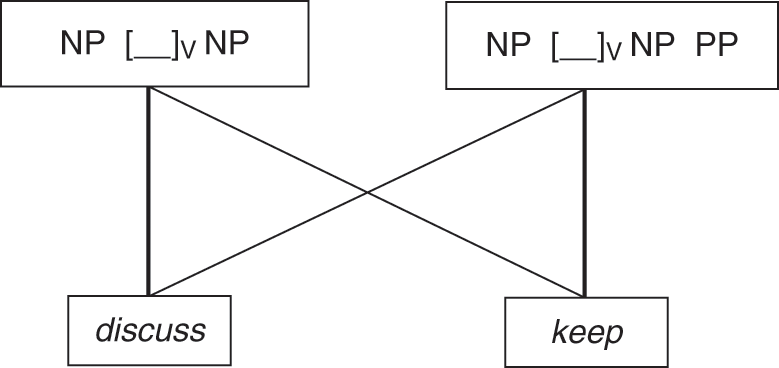Slot And Filler Model
RC IV ram blocker. This is a little piece of plastic that fills the front slot of the Rock Chucker IV/Supreme press and will make sure that all primers find the right way out - through the back. Attention based joint model for intent detection and slot filling cnn attention-mechanism slot-filling knowledge-representation joint-models bi-directional intent-detection Updated Dec 28, 2017.
Fills or covers empty slots in chassis or controllers to improve or maintain system performance. The Slot Filler occupies slots not in use in compatible PXI, CompactRIO, and CompactDAQ chassis and controllers. Slot Fillers include filler panels, slot covers, and blank, nonfunctioning modules. Select Product Item Add Options Add Software. Ic693acc310 Filler Module,Blank Slot, Find Complete Details about Ic693acc310 Filler Module,Blank Slot,Ic693acc310,Filler Module,Blank Slot from Integrated Circuits Supplier or Manufacturer-Wuhan Xieyuan Automation Equipment Co., Ltd. Best Filler for Slot Track Gaps? Come join the discussion about die cast, models, slot cars, radio control vehicles, classifieds, swaps, and more!
Day 22.
The Model Shipways Fair American model ship kit has some tight curves at the bow, so the plans call for adding some filler blocks.
These filler blocks are shaped pieces of solid wood that fit between the bow and the first bulkhead. They are pretty simple, but require a lot of carving and sanding.
I started by cutting a block to the be about the right size. I clamped it into place, and tracked the shape of the first bulkhead onto the block. I cut that out using a small hand saw.
Next I used a Dremel with a sanding drum attached to rough in the overall shape. I left some extra material on there – I was just trying to get it roughly to the right size and shape.
The piece was then glued in.

The bow filler block is cut roughly to shape.
Slot And Filler Model
Once the glue was dry and the piece was secure, I sanded it by hand with some 80 grit sandpaper, followed by finer grits as the shape got closer. The goal is to create a smooth curve from the first bulkhead down to the rabbet line at the keel in the bow.
Slot And Filler Models
Once it is glued in, the filler block is sanded by hand to match the desired curves.
With the piece properly shaped and sanded smooth, I repeated the process for the other side.

The final step is to install the timberheads and knightheads. On the Fair American, these look just like the tops of the bulkheads – little posts that come up and will form the supports for the bulwarks later on.
When the hull is planked, the wooden strips for planking will need to bend to match the curve around the bow. Since this curve is pretty tight, these extra supports give us something to attach those planks to.
The timberheads and knightheads are shaped a little different, but the plans indicate that you can simply make them both identical if desired (since they will be covered by planking). I chose to take that route.
I started by shaping some 3/16″ thick wood strip to have the right curve for the timber heads. Then I held these up against the filler block and traced their outline onto the block. Using a couple different knife blades, I carved out a slot to hold the new piece.

The piece was then glued in, and everything was sanded down. This was repeated for a total of four pieces – two on each side.
Like the bulkheads, I roughed in the fairing, and will come back and do a final fairing on all these right before I start the hull planking.

The timberheads and knightheads are glued into place.